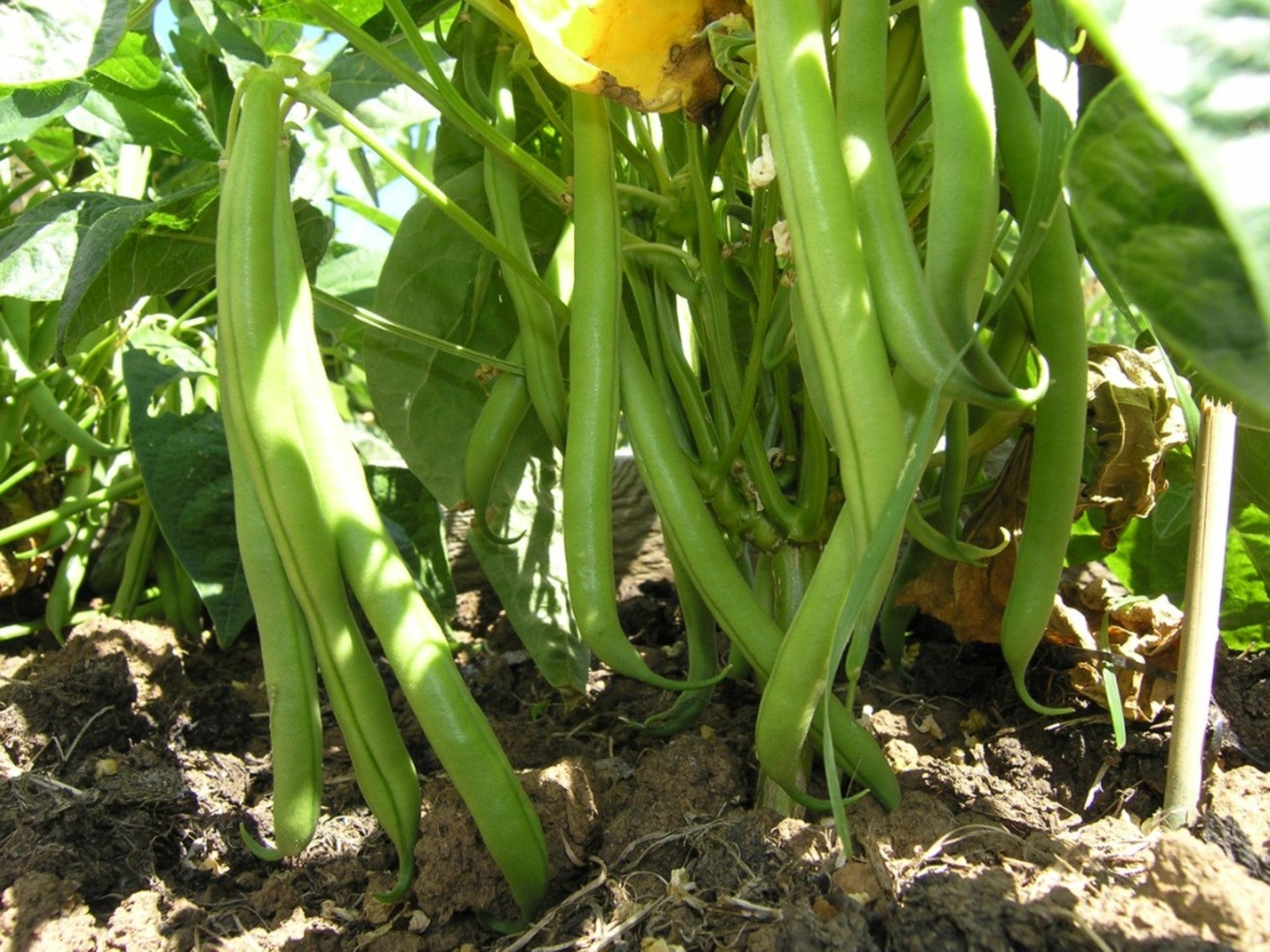Harvester Bean Variety – How To Grow Harvester Bush Beans


If you’ve considered planting green beans but are put off by the staking requirement, you aren’t alone. Like Jack’s famous beanstalk in the fairytale, beans often grow on vines that soar skyward and require a firm support and regular attachments. Now you can grow beans without staking by planting harvester bush beans. What are harvester beans? Read on for information about the harvester bean variety including tips on how to plant these beans.
What Are Harvester Beans?
Harvester bush beans are hardy plants that grow in a sturdy upright bush habit. The bean variety was initially developed as a green bean that could be harvested mechanically, but it has become a home garden favorite. What are harvester beans like when they are harvested? These green beans grow in straight, pods five to six inches (13-15 cm.) long. They are tender to eat and remain stringless longer than other varieties.
Growing Harvester Beans
One of the top attractions for those growing these beans is the fact that the bushes do not need a support structure to remain upright. Unlike many other types of green bean plants, harvester bush beans are plants that grow quite tall, 20 inches (50 cm.), yet remain upright while setting pods high for easy hand picking. Then there’s the taste. These attractive beans have a delightful "beany" flavor. They are ideal for eating while still crunchy after light steaming.
How to Plant Harvester Beans
If the idea of long, tender pods growing on an upright bush has won your heart, you’ll want some information about how to plant harvester beans. You can direct sow the seeds outside at any time after the final frost of spring or before the first frost of winter.
Plant the beans in rich, well-drained soil in a site that gets good sunshine every day. Sow the seeds one inch (2.5 cm.) deep and three inches (8 cm.) apart, gently compacting the soil above them after they are in the ground. Don’t water too much so that they won’t rot.
Watch for the seedling to pop out a week or so later. After that, water at least once a week to keep the shallow roots in moist soil. Expect to start harvesting these beans about ten weeks after germination. Pick beans when they are thin as a pencil rather than allowing them to thicken.
Since you’ve worked so hard in the garden this summer we want to show off the fruits (and veggies) of your labor! We invite you to join the Gardening Know How Virtual Harvest Show by submitting photos of your harvest!
Sign up for the Gardening Know How newsletter today and receive a free copy of our e-book "How to Grow Delicious Tomatoes".

Teo Spengler is a master gardener and a docent at the San Francisco Botanical Garden, where she hosts public tours. She has studied horticulture and written about nature, trees, plants, and gardening for more than two decades, following a career as an attorney and legal writer. Her extended family includes some 30 houseplants and hundreds of outdoor plants, including 250 trees, which are her main passion. Spengler currently splits her life between San Francisco and the French Basque Country, though she was raised in Alaska, giving her experience of gardening in a range of climates.